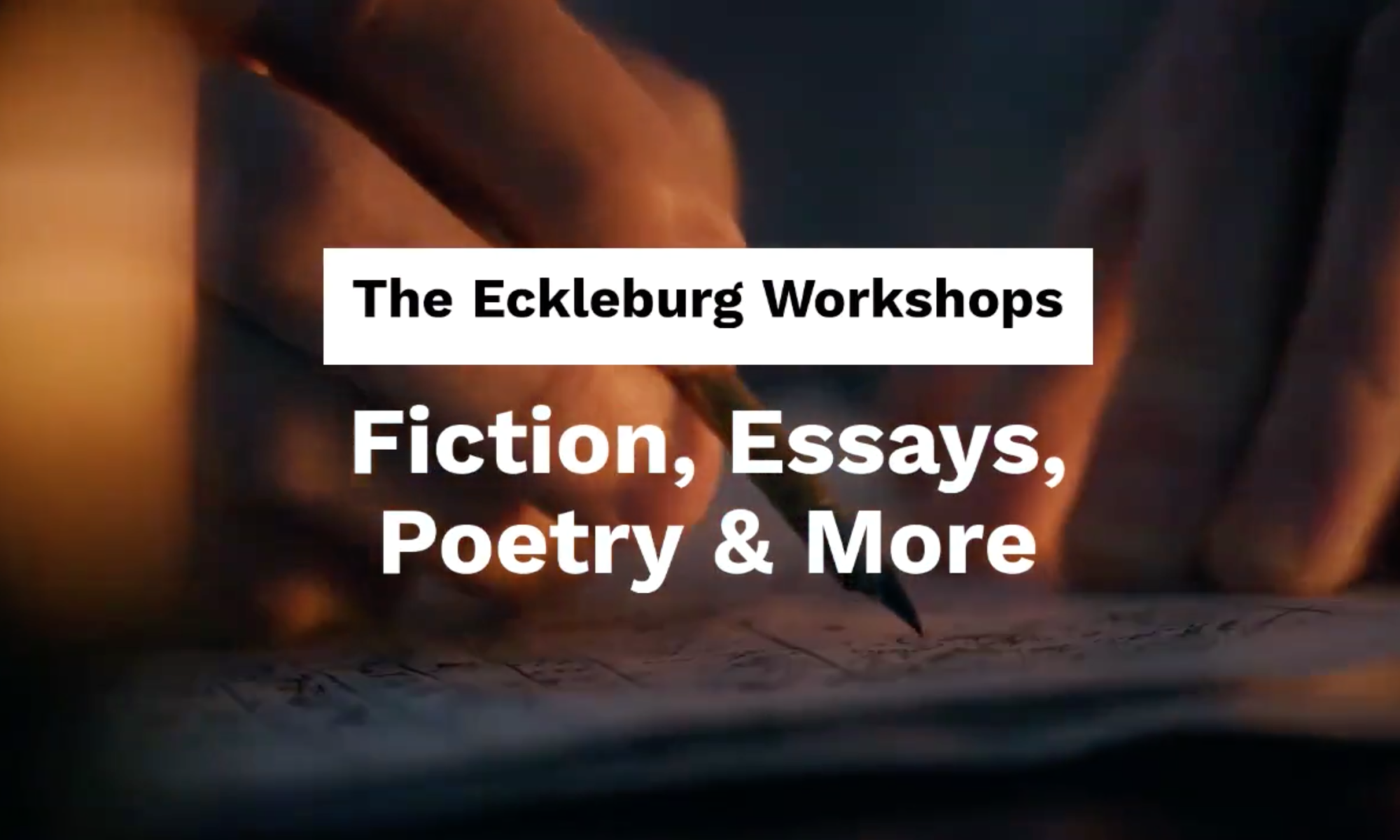Semantics is the study of meaning; sometimes limited to linguistic meaning (study of the description, comparison and history of language); and sometimes used to discriminate between surface and substance. (Handbook to Literature)
Submit Your Work for Individualized Feedback
Please use Universal Manuscript Guidelines when submitting: .doc or .docx, double spacing, 10-12 pt font, Times New Roman, 1 inch margins, first page header with contact information, section breaks “***” or “#.”
Sources
The Age of Insight: The Quest to Understand the Unconscious in Art, Mind, and Brain, from Vienna 1900 to the Present. Eric Kandel.
The Banalization of Nihilism: Twentieth-Century Responses to Meaninglessness. Karen L. Carr.
A Handbook to Literature
“Cogito et Histoire de la Folie.” Jacques Derrida.
Cognitive Neuropsychology Section, Laboratory of Brain and Cognition.
Eats Shoots and Leaves: The Zero Tolerance Approach to Punctuation
The Elements of Style.
Beginning Theory: An Introduction to Literary and Cultural Theory. Peter Barry.
Critical Theory: A Very Short Introduction. Stephen Eric Bronner.
Critical Theory Today: A User-Friendly Guide. Lois Tyson
The Critical Tradition: Classic Texts and Contemporary Trends. David H. Richter.
A Handbook to Literature
Literary Theories and Schools of Criticism. Purdue Online Writing Lab.
New Oxford American Dictionary
The Norton Anthology of World Literature
The Norton Introduction to Philosophy
Woe is I: The Grammarphobe’s Guide to Better English in Plain English
Writing Fiction: A Guide to Narrative Craft
Writing the Other

